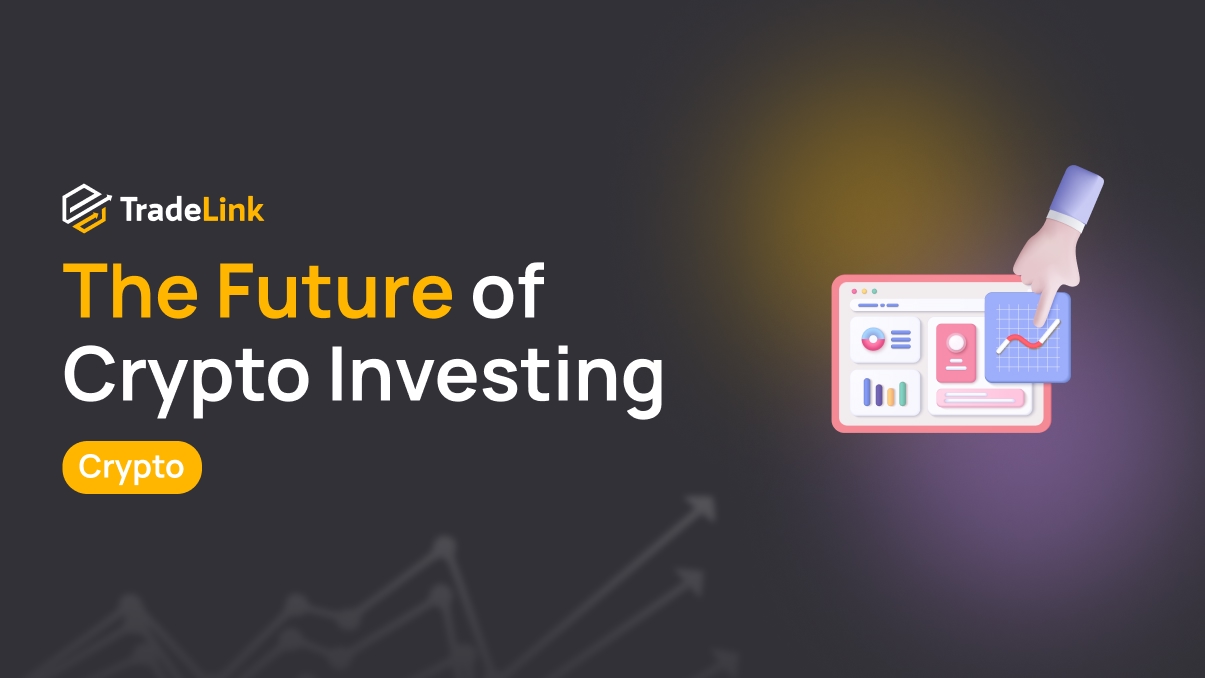The Future of Crypto Investing: Indexes, Rankings, and Algo Portfolios

Contents
- Introduction
- What Are Crypto Indices and How Do They Work
- The Role of Ratings in Asset Selection
- Algorithmic Crypto Portfolios and Their Principles
- Advantages of Index and Algorithmic Strategies
- Risks and Limitations of Automated Solutions
- Popular Platforms and Tools
- Trends and Prospects for Crypto Investing
- Conclusion
Introduction
Time does not stand still, and the cryptocurrency market continues to evolve every year. While investors once relied on manual token selection based on intuition, personal analysis, or news sentiment, the focus is now shifting toward structured approaches.
Crypto indices, algorithmic portfolios, and asset ratings are becoming attractive tools that simplify investment decisions amidst thousands of tokens and high market volatility. Structured products help investors manage risks and allocate capital efficiently. The emergence of such tools reflects the maturation of the market and growing interest in automated and transparent solutions.
What Are Crypto Indices and How Do They Work

Crypto indices are financial instruments that track the performance of a group of crypto assets unified by specific criteria. They simplify investing by providing access to a basket of assets without the need to purchase each token individually.
Indices are formed based on various parameters, such as market capitalisation, sector (e.g., DeFi or NFTs), or user activity.
Principles of Index Formation
- Market Capitalisation: Indices may be based on capitalisation, such as the Bitwise 10 Large Cap Crypto Index, which includes the 10 largest cryptocurrencies by market capitalisation. The size of capitalisation can determine weight distribution, with higher-cap assets occupying a larger percentage of the index.
- Sector: Indices focused on specific asset sectors, such as DeFi, metaverses, or NFTs.
- Network Activity: On-chain data, such as transaction volume or the number of active wallets, is considered.
- Risk-Oriented Approach: Inclusion of assets with low volatility to enhance index stability.
Examples of indices:
| Index Name | Type | Main Criterion | Example Assets |
|---|---|---|---|
| Bitwise 10 | Broad Market | Market Capitalization | BTC, ETH, ADA |
| DeFi Pulse Index | Sectoral | DeFi Protocols | UNI, AAVE, MKR |
| NFT Index | Sectoral | NFT Platforms | FLOW, CHZ, ENJ |
The Role of Ratings in Asset Selection

Crypto ratings are evaluation systems that help investors make informed decisions. Unlike traditional analysis focused on financial metrics, crypto ratings account for the unique characteristics of blockchain ecosystems.
Key Rating Factors
- Liquidity: Trading volume and order book depth.
- Technical Characteristics: Smart contract reliability and network scalability.
- On-Chain Analytics: User activity, transaction volume, and staking.
- Risks: Protocol vulnerabilities and regulatory constraints.
Ratings are applied in both manual asset selection and algorithms for automated portfolio formation. For example, platforms like Messari or CoinGecko provide ratings based on fundamental and technical data.
Algorithmic Crypto Portfolios and Their Principles
Algorithmic crypto portfolios use predefined rules or quantitative models to manage assets. These portfolios minimise human bias, ensuring a disciplined investment approach.
Key Approaches
- Rule-Based Strategies: Predefined rules, such as portfolio rebalancing every 30 days.
- Quantitative Models: Use of mathematical algorithms to analyse data and optimise allocation.
- Risk Management: Limiting the share of highly volatile assets.
- Dynamic Allocation: Adjusting asset weights based on market conditions.
Algorithms may incorporate signals from on-chain analytics, market indicators, or ratings. For instance, a portfolio might automatically increase its stablecoin allocation during periods of high volatility.
Advantages of Index and Algorithmic Strategies
Indices and algorithms offer investors a structured approach to crypto investments, reducing risks and simplifying the process.
Why Investors Choose These Strategies
- Diversification: Indices cover a wide range of assets, reducing dependence on individual tokens.
- Transparency: Portfolio formation rules are clearly defined.
- Passive Management: Requires minimal ongoing intervention from the investor.
- Scalability: Suitable for both retail and institutional investors.
The advantages of index and algorithmic strategies make passive crypto investing popular among those seeking to avoid emotional decisions and speculation.
Risks and Limitations of Automated Solutions

Despite their benefits, automated strategies have limitations that must be considered.
Key Risks
- Historical Over-Optimisation: Algorithms based on past data may perform differently in new market conditions.
- Methodological Errors: Incorrect asset selection or weight distribution criteria.
- Market Anomalies: Sudden events, such as hacks or regulatory bans.
- Limited Adaptability: Algorithms may struggle to respond to rapid changes.
Careful platform selection can help minimise or avoid these risks.
Popular Platforms and Tools
There are numerous solutions on the market for index and algorithmic investing that simplify access to structured products. One of the best products in this category is TradeLink Marketplace. This is a platform for auto-copying proven, profitable, and stable strategies. For Marketplace, only the best, most stable, reliable, and diverse strategies are selected from a multitude of profitable ones.
To ensure an index remains profitable in any market phase—whether bullish, bearish, or sideways—it incorporates strategies based on different types of trends: trend, countertrend, momentum, and others.
On TradeLink Marketplace, you can choose from a variety of proven ready-made indexes or create your own from strategies that appeal to you the most. This flexibility allows you to adjust the index’s performance at any time. If a strategy doesn’t meet your expectations, it can easily be replaced with another. These advantages make TradeLink Marketplace one of the best solutions in the algorithmic investing market.
Examples of other tools
- Coinigy: A portfolio tracker with backtesting capabilities.
- Index Cooperative: A platform for creating and managing crypto indices, such as DPI (DeFi Pulse Index).
- TokenSets: Automated portfolios with customizable strategies.
- 3Commas: Tools for automating trading and asset management.
These platforms provide access to crypto indices, portfolio trackers, and APIs for algorithm integration.
Trends and Prospects for Crypto Investing

Crypto investing continues to evolve, with automated solutions playing a key role.
Key Trends
- Rise of Passive Products: Growing popularity of index funds and ETFs.
- Institutional Interest: Major funds are launching their own crypto indices.
- On-Chain Analytics Integration: Using blockchain data to improve algorithm accuracy.
- Generative Algorithms: Applying AI to create adaptive investment models.
Passive crypto investing is gaining momentum and continues to develop. Innovations in on-chain data analysis, AI advancements, and interest from various market participants are driving this field forward.
Conclusion
Crypto investments are moving away from chaotic speculation toward structured and automated solutions. Crypto indices, ratings, and algorithmic portfolios enable investors to manage capital efficiently in a complex and volatile market, offering new opportunities.
Tools that provide transparency, diversification, and risk reduction are in demand among market participants, highlighting the relevance of this direction. As automation advances, it has the potential to become the foundation of the future of crypto investing.